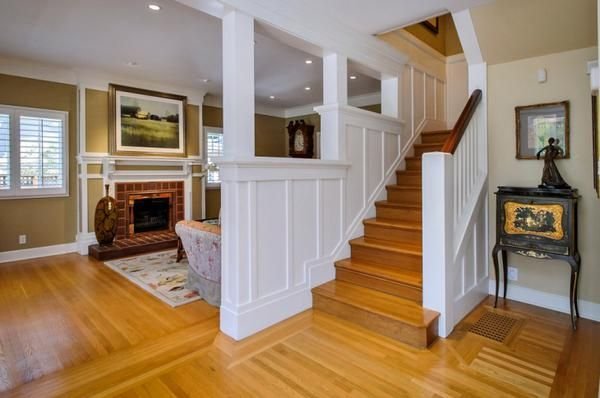Southern Belt Construction provides basement renovation Houston with a low ceiling and additional space in your house. Call (713) 930-0003 to remodel your home.
With increasing living expenses people are expanding their basements, Although this can be a cost-effective solution to limited accommodations, the concrete walls of a basement demand specific attention.
BEFORE MAKING ANY MAJOR CHANGES, GET A PERMIT.
While community building codes vary, you won’t need a permit to seal or paint the concrete basement walls in most cases. You’ll almost certainly need a permit if you’re going to build new walls inside existing concrete walls and/or run wiring or plumbing through them. Some homeowners may contemplate skipping the permit application because basement remodels are not visible from the street but failing to obtain a permit can result in a variety of issues. Furthermore, failing to obtain a permit can cause a delay in the selling of your home: Prospective purchasers may be hesitant to make an offer if your basement does not match the description published in the county records.
AFTER THE BASEMENT HAS DRIED, DO NOT COMPLETE THE WALLS.
Even if there are no apparent fractures or leaks in your basement walls, you may still have moisture problems. You can find out with a simple DIY test. Use duct tape to secure a one-foot by one-foot square of plastic sheeting (plastic food wrap would suffice) to the concrete wall in your basement for 24 hours. After that, remove the tape and inspect the sheeting. There is a humidity concern if condensation forms inside the plastic.
If the moisture test revealed condensation but the concrete walls felt dry to the touch, the cure could be as simple as applying a coat of masonry sealant. Waterproof your basement walls for apparent leaks and standing water, which may include fixing cracks or installing an interior drain beneath the floor to divert water from leaks and seepage to a sump pump that will pump the water away.
DO utilize basement-specific wall construction materials.
The conventional method of completing basement walls is to build new walls inside the old concrete walls. Because such a project necessitates a working understanding of carpentry, many homeowners employ a professional carpenter to complete it.
- If the wood will meet concrete, such as wood floor plates in framed walls or wood furring strips that attach directly to basement walls, use treated wood.
- Use moisture- and mildew-resistant drywall when putting up drywall panels.
- Moisture can degrade fiberglass bat insulation.
Make sure to account for wiring and piping in new concrete walls.
The conventional procedure is to put electrical cable through the ceiling joists above the wall, then down between the studs.
Existing pipes that run down the interior of concrete basement walls (which is a common occurrence) frequently cause additional concern. Simply leave the pipe in place and construct the new wall immediately within the pipe to address this problem. You’ll lose a few inches of living space, but it’s a lot less work and money than rerouting pipes.
If you’re adding a bedroom, don’t forget to include an egress window.
All basement bedrooms must have an escape window, according to the International Residential Code (IRC). The window should have a minimum width of 20 inches and a height of at least 24 inches. Excavating the earth away from the foundation, cutting through the basement wall, and installing the window and a window well, allowing a person to climb out, are all steps in the installation of an egress window.
Consider a modular basement wall system as a more do-it-yourself option.
To build finished basement walls the traditional technique mentioned above, you’ll need excellent carpentry abilities. The panels are tongue and groove, which means they fit securely and stay flat, and they have moisture-resistant insulation connected to the backside. The cost of panels to finish your walls is roughly $1.70 per square foot.
DON’T FORGET about basement finishing systems that have been professionally installed.
Mold and mildew resistance, as well as sound dampening, are all features of the panels. The caveat is that these devices aren’t accessible for DIY installation; instead, the manufacturer will arrange for them to be installed by a qualified crew. A professionally constructed basement remodeling can cost up to $30,000, but keep in mind that they finish the entire basement to an above-grade standard, including flooring and ceiling materials.


No Comments
Be the first to start a conversation